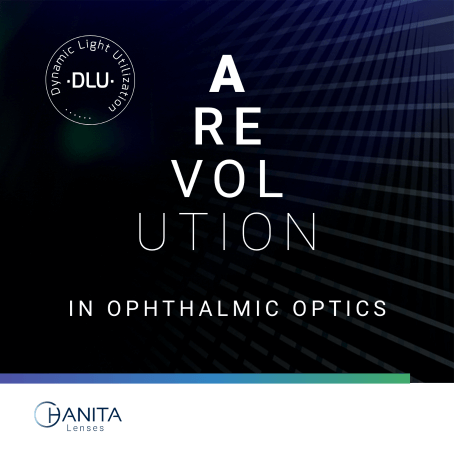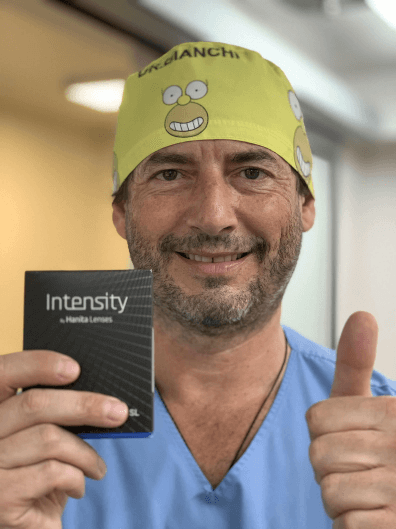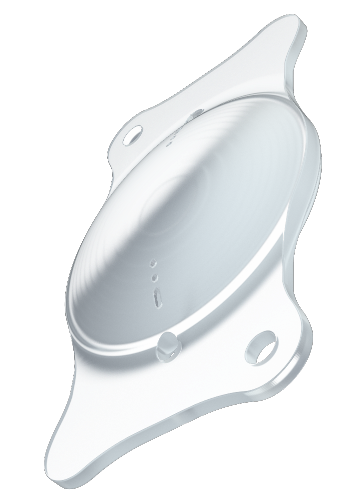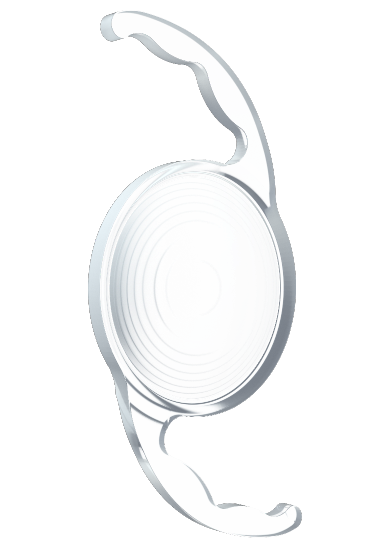Advantages of a New Toric Pentafocal Intraocular Lens for Presbyopia Correction
The Intensity Toric IOL helps patients with astigmatism achieve spectacle independence after cataract surgery.
By Germán R. Bianchi, MD | Aug 2022
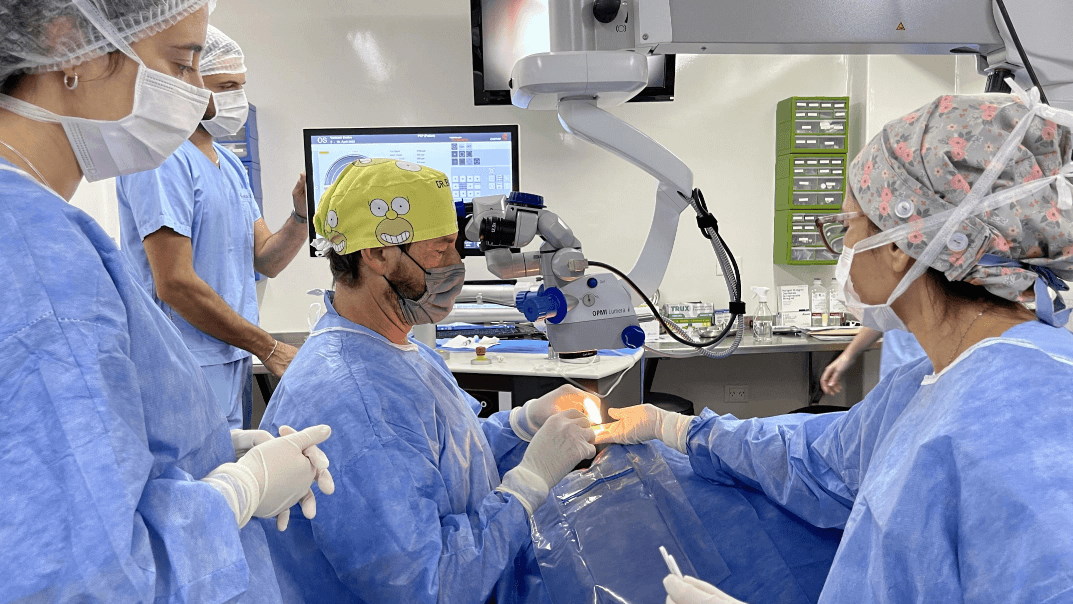
Today, astigmatism correction at the time of cataract surgery, especially for patients who have 1.00 D or more of cylinder, in my opinion, is almost mandatory. This is because patient expectations for spectacle independence are higher than ever before, and the presence of astigmatism can negatively affect visual performance.1,2 A variety of toric multifocal IOLs are available to compensate for both spherical and cylindrical errors.2,3 These lenses should be considered for patients with as little as 0.50 D of astigmatism to increase their potential for excellent vision at all distances.
My colleagues and I performed a noncomparative prospective study of patients who received a toric multifocal IOL, the Intensity Toric (Hanita Lenses), between January and February 2022. The Intensity is a pentafocal IOL. Five foci are symmetrically distributed to ensure that the refractive focus is concentrated on intermediate vision. The IOL provides exceptional light efficiency and creates continuous vision in all distances and lighting conditions.
The toric version of the Intensity is available in cylinders ranging from 1.00 to 4.50 D. The lens comes preloaded, and it has an A constant of 117.45. The diameter of its plate is 11.0 mm for power values greater than 16.00 D and 11.5 m for powers of 16.00 D or less.

…the intensity Toric IOL safely and effectively reduced preoperative astigmatism…
Dr. Bianchi. R Germ

STUDY DESIGN AND RESULTS
Design.
A total of seven patients (mean age, 67.3 ±5.7 years) with 1.00 D or more of astigmatism were included in the study. All patients desired spectacle independence after cataract surgery. Those with maculopathy, uveitis, corneal dystrophy, corneal irregularities, and a history of optic neuropathy with visual field involvement were excluded from the study. All procedures were performed as laser cataract surgery, and outcomes were measured at 1 and 4 weeks postoperative.
Results.
In all patients, a statistically significant decrease in the spherical equivalent was achieved from baseline in all patients (3.05 ±2.6 D preoperative vs -0.25 ±0.20 D pooled data from 1 and 4 weeks; P<.005, respectively). All patients also experienced a statistically significant decrease in mean cylinder from 2.17 ±0.40 D preoperatively to -0.28 ±0.10 D postoperatively (P<.005). At 4 weeks postoperative, the total mean decrease in cylinder (subtracting the postoperative from the preoperative cylinder) was 2.47 ±0.30 D.
The mean values for the monocular defocus curve varied by the toric lens power. For the -3.00, -1.50 D, and 0.00 D lenses, it was 0.05, 0.01, and -0.04 logMAR, respectively.
No intra- or postoperative complications occurred, no Tyndall effect was detected, and no macular edema was observed.
Discussion.
Our study indicated that the Intensity Toric IOL safely and effectively reduced preoperative astigmatism, which is one crucial component for patients to achieve spectacle independence after surgery. Other studies have shown that the Intensity IOL produces a low degree of dysphotopsias.4 Because the presence of dysphotopsias increases as the postoperative residual astigmatism increases, it is advisable to consider correcting 0.50 D or more of astigmatism at the time of cataract surgery. Toric IOLs such as the Intensity Toric are preferred over limbal relaxing incisions, especially for patients with higher levels of astigmatism. It should also be mentioned that performing limbal relaxing incisions is less effective than implanting a toric IOL.5
CONCLUSION
My clinic is the first in Argentina to implant the Intensity Toric IOL. Our early experience with this lens is positive. In the first seven patients who received this pentafocal IOL, all achieved good visual performance at distance, intermediate, and near at 4 weeks postoperative. Additionally, a statistically significant decrease was seen from baseline to 4 weeks postoperative for both the spherical equivalent and the mean cylinder in all patients.
A longer-term study with more participants is currently underway. I am confident the results of the longer-term, larger, ongoing study will match the results that are presented here, which confirm that the Intensity Toric IOL is an excellent option for appropriate patients with astigmatism who desire spectacle independence after cataract surgery.
- Ashena Z, Maqsood S, Ahmed SN, Nanavaty MA. Effect of intraocular lens tilt and decentration on visual acuity, dysphotopsia and wavefront aberrations. Vision (Basel). 2020;4(3):41.
- Visser N, Bauer NJ, Nuijts RM. Toric intraocular lenses: historical overview, patient selection, IOL calculation, surgical techniques, clinical outcomes, and complications. J Cataract Refract Surg. 2013;39(4):624-637.
- Marques EF, Ferreira TB, Simões P. Visual performance and rotational stability of a multifocal toric intraocular lens. J Refract Surg. 2016;32(7):444-450.
- Bianchi GR. A prospective study of a new presbyopia pseudophakic intraocular lens: safety, efficacy and satisfaction. Indian J Ophthalmol. [Paper accepted for publication.]
- Lake JC, Victor G, Clare G, Porfírio GJ, Kernohan A, Evans JR. Toric intraocular lens versus limbal relaxing incisions for corneal astigmatism after phacoemulsification. Cochrane Database Syst Rev. 2019;12(12):CD012801.
